For starters it wasn’t easy. I’m here (in Svalbard) as a student to be studying, blogging isn’t part of the remit. As you may have gathered we were working late on the ship, sometimes 16 hour days. So to fit this in I generally woke up about 45 minutes earlier than my colleagues to write this out the morning after. Occasionally I got a little bit of time during the day to process some photos. I took about 150 photos a day which on average was about 146 photos/day more than everyone else.
Why did I do it? Why did I forgo lovely sleep? Because I think this is important. The chance that someone reading this might learn something new, might have a slightly greater respect for and understanding of science. That a kid might be inspired to go out and find something new or that a parent will want their child to grow up and be an explorer in this day and age where is seems everything is known and understood. I still remember one of my friends, we were 15, telling me that science was boring now, it was exciting 100 years ago when there were new inventions and such, but why do it now? There isn’t anything new to find. I’ve been told a lot of incorrect things in my life, but that sits right up near the top. There are new things found every day, new experiences, new systems to understand. It’s not just small critters that live at the bottom of the sea, but how these things all fit together. There are billions of things yet to find out, and we shouldn’t think all the cool stuff has been invented. (I’d also like to note that since then smart phones have become ubiquitous, the iPod is everywhere, my camera has a touch screen and we have satellite internet on ships below 80 degrees, technology hasn’t stopped).
So in part it’s inspiration and the wonder of science. But as a scientist this has also been a really really good revision tool. I’m going to have to memorise the names of all the creatures you’ve seen here. I’ll have to describe interactions and collection methods, all kinds of things. By having done this blog I’ve reflected as I’ve gone, I’ve got really detailed notes, and by having to explain things to other people I’ve developed a better understanding of the things I’m studying.
Whilst this isn’t for everyone, and most people can’t write as fast as I can (if it was more time consuming it would be a lot harder) personally I’d recommend the experience to everyone. Don’t let awesome things get lost because you were tired when you learnt them, because you wanted to watch TV rather than fill in your diary or worst, because you don’t think people would be interested in science.
Of course now the challenge is finding the next thing.
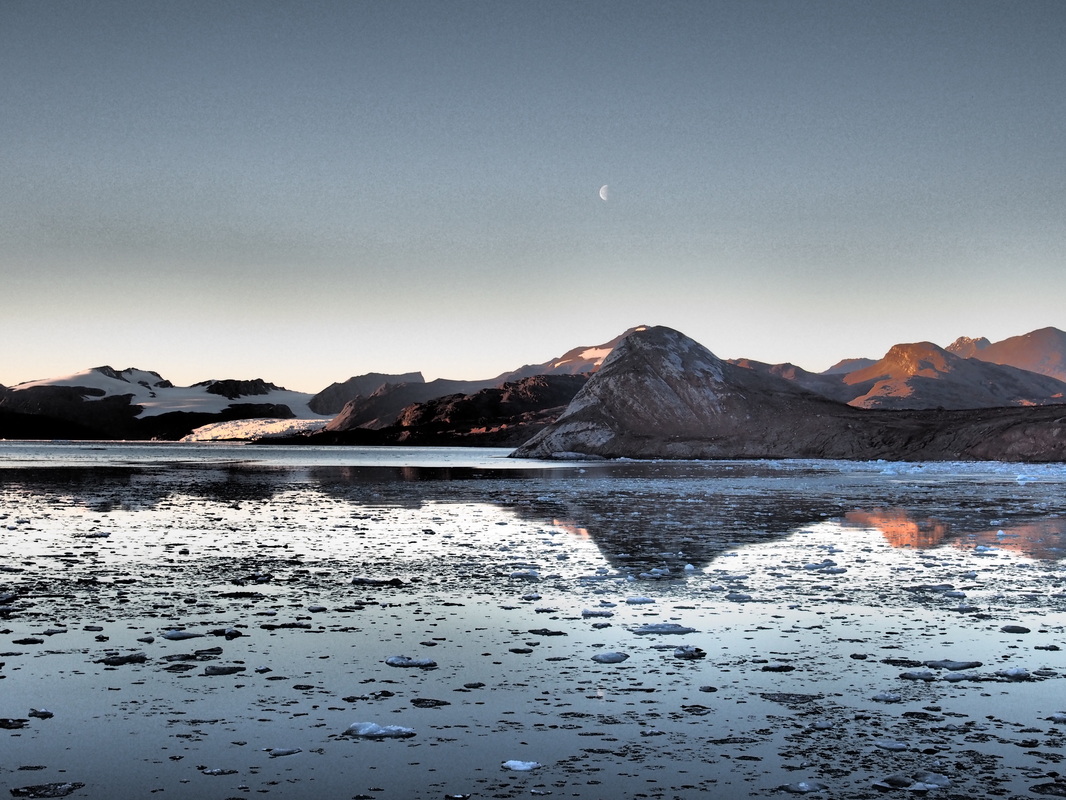
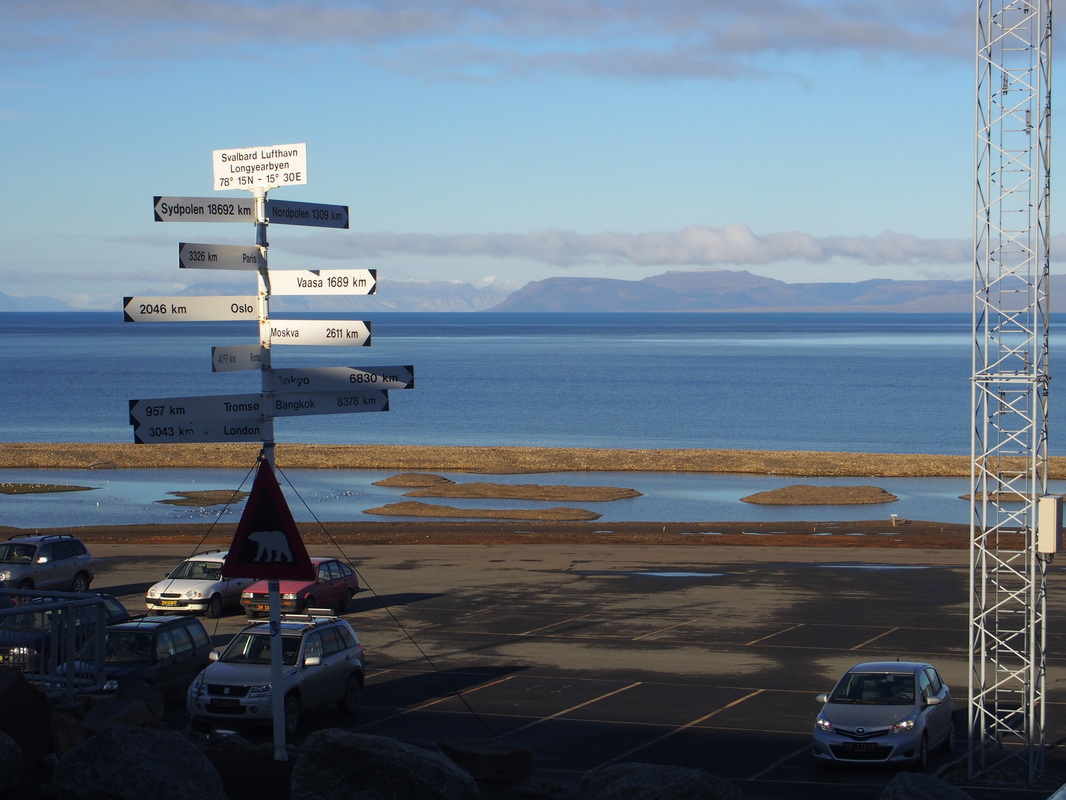
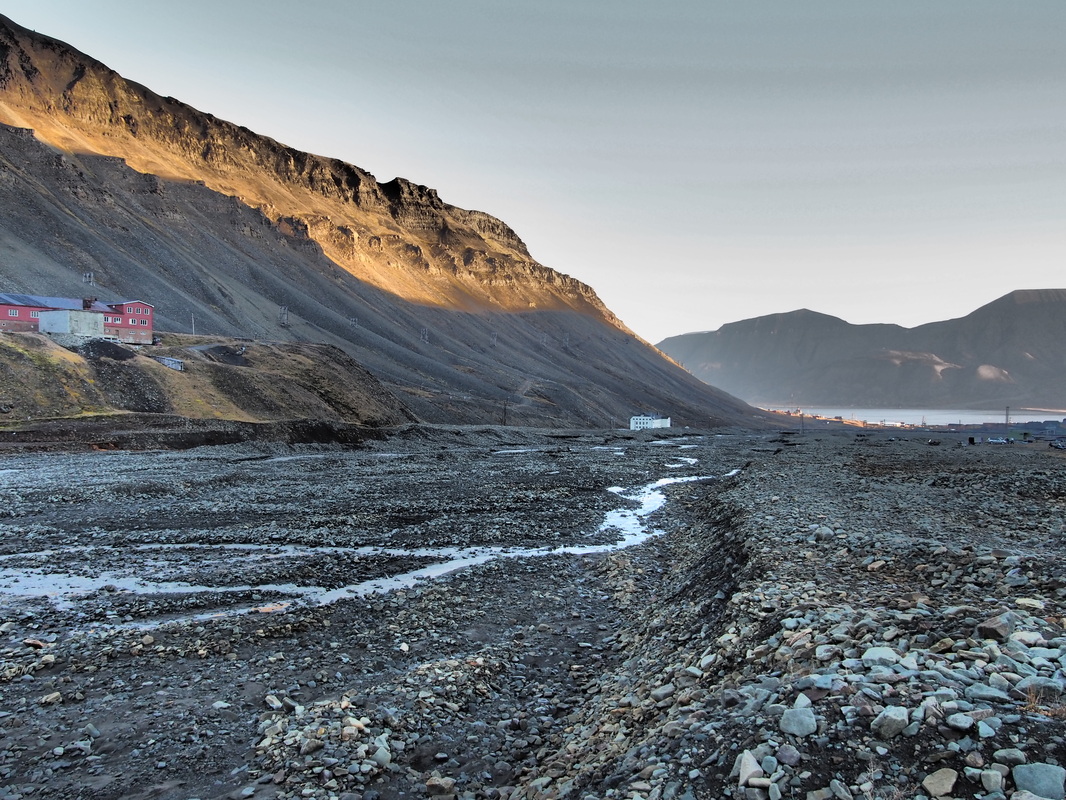
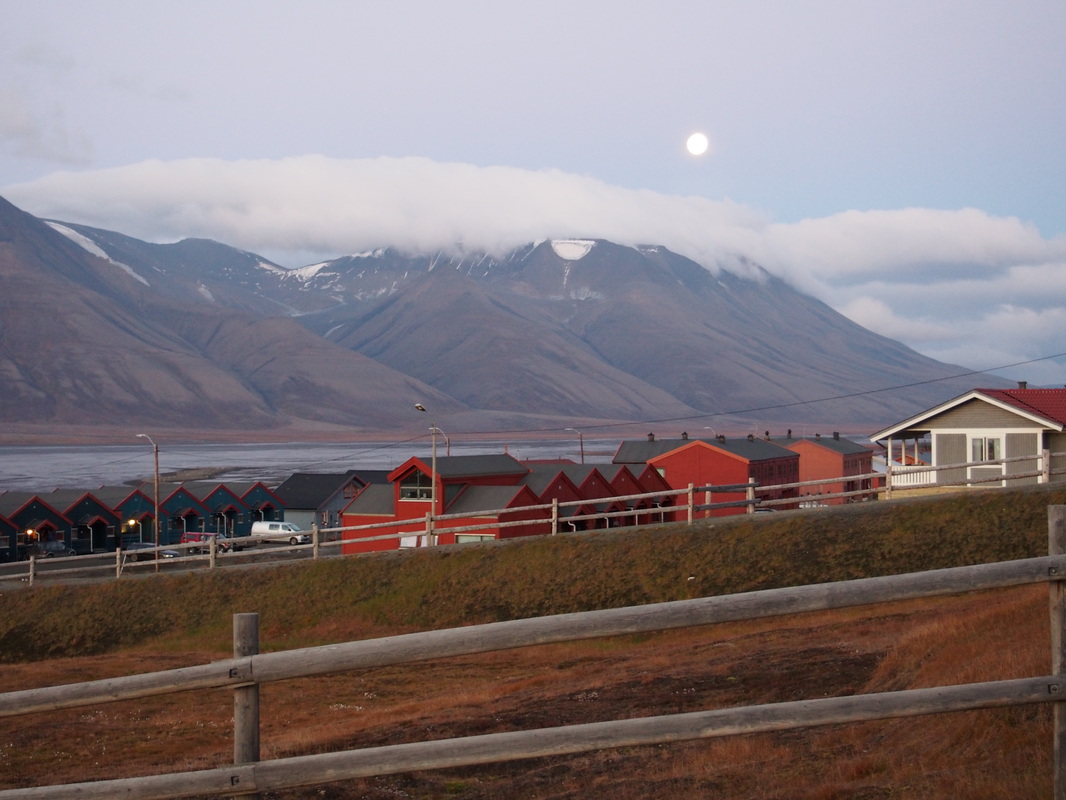
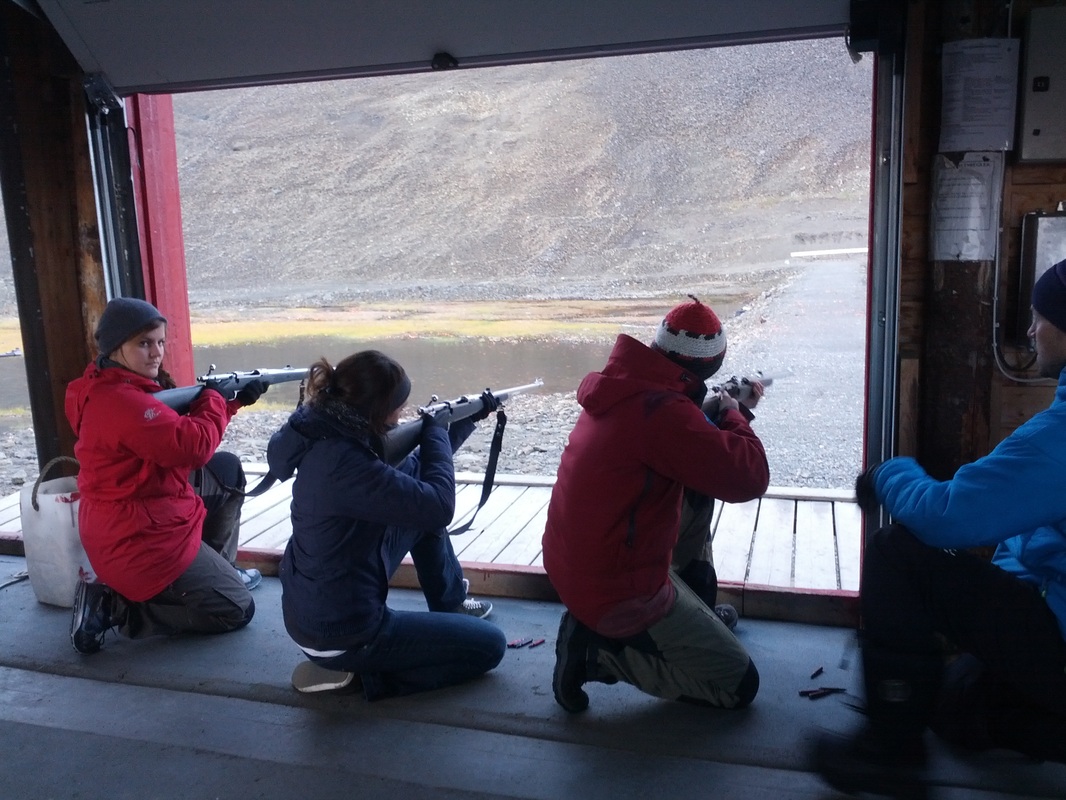
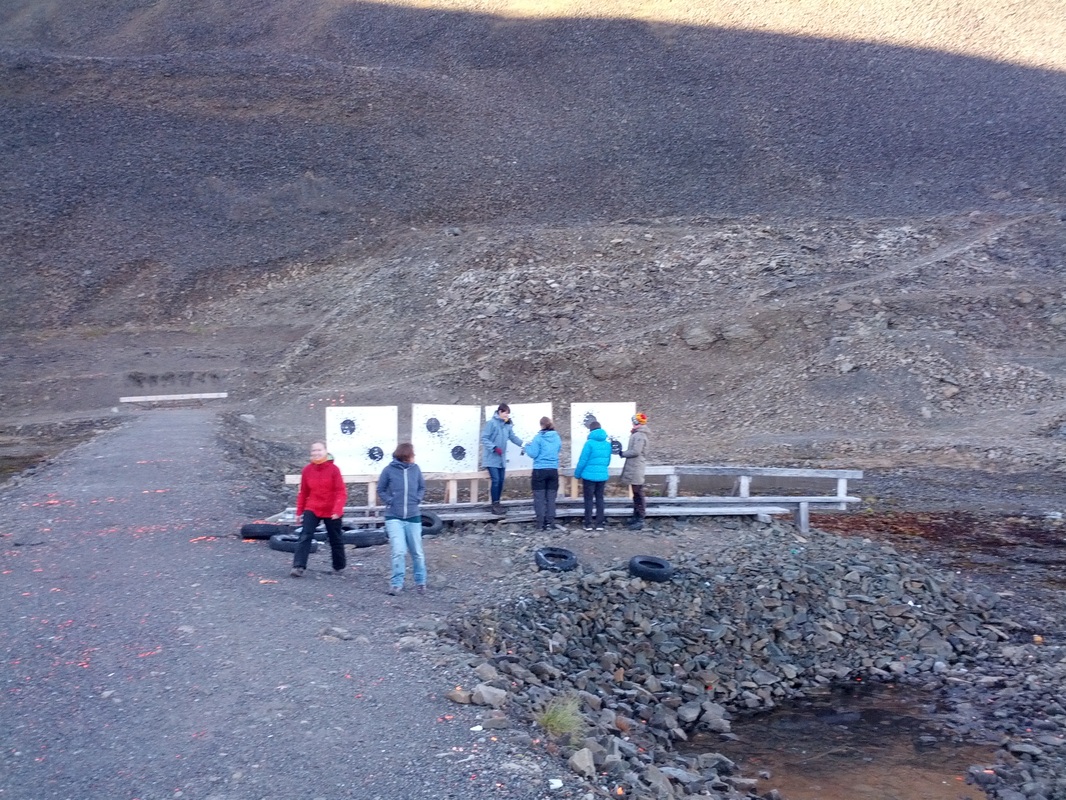
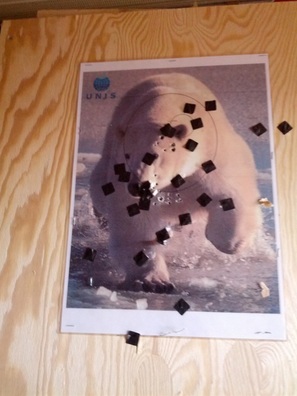
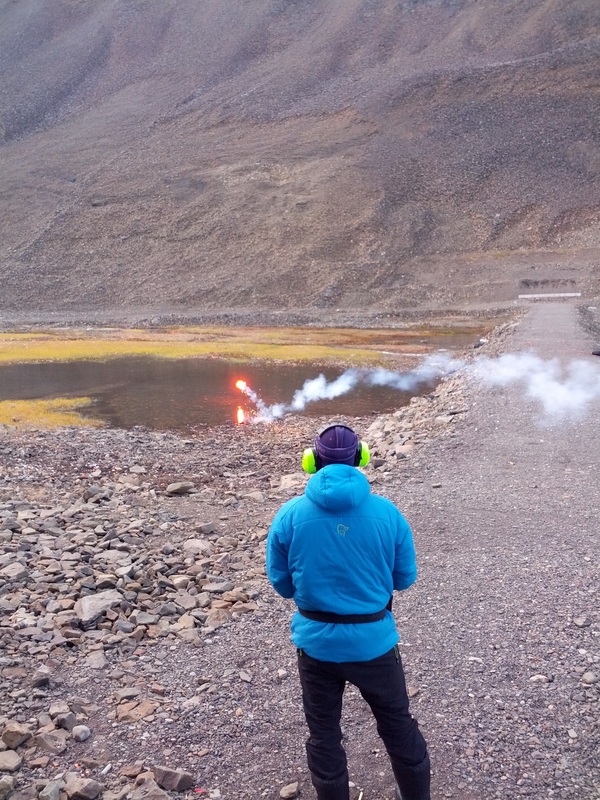
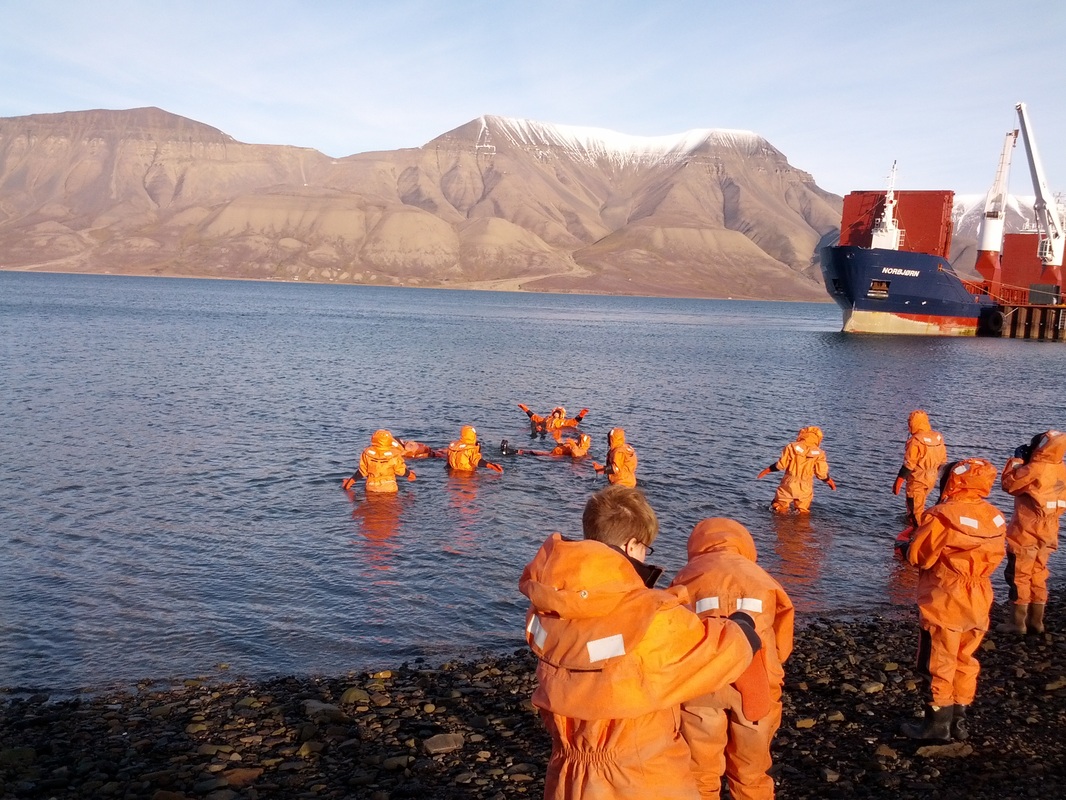
 RSS Feed
RSS Feed
